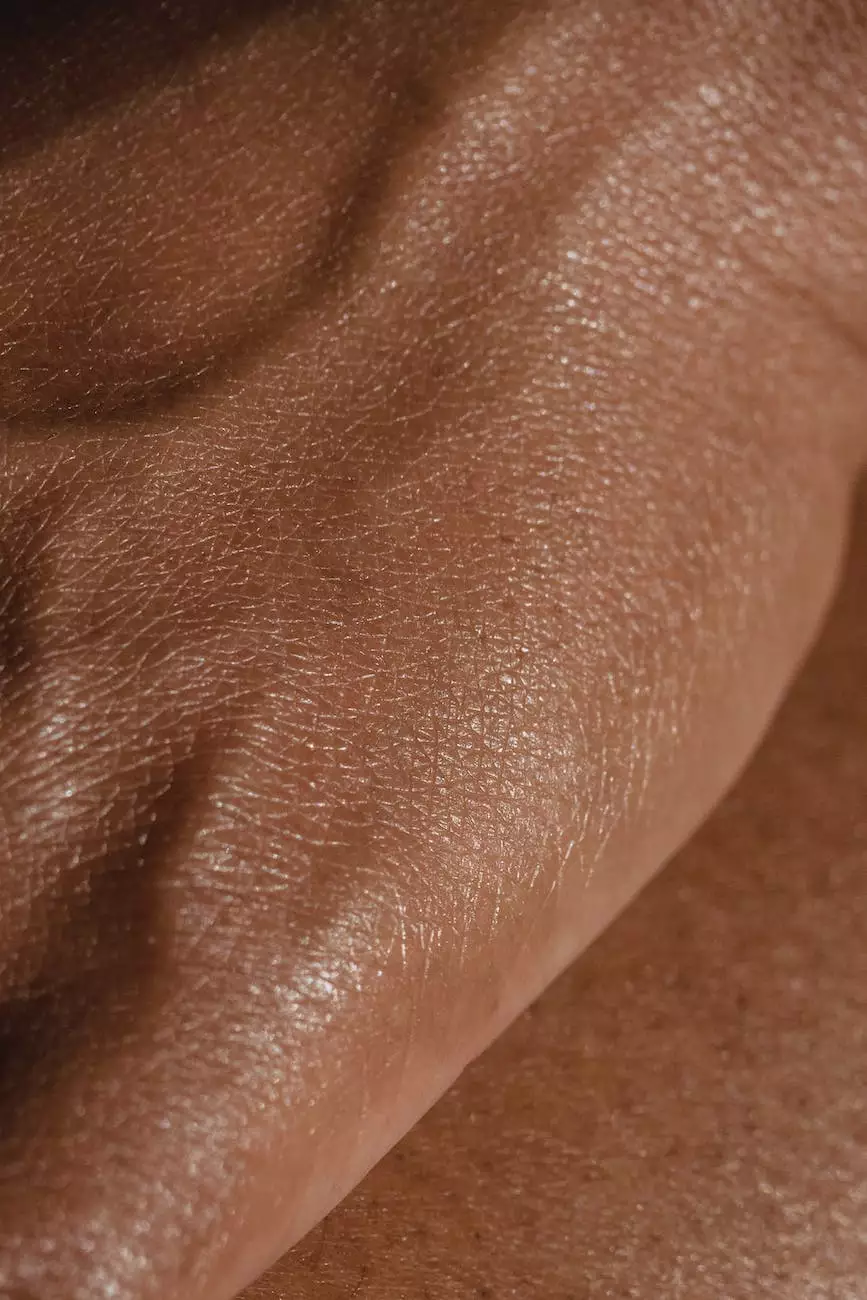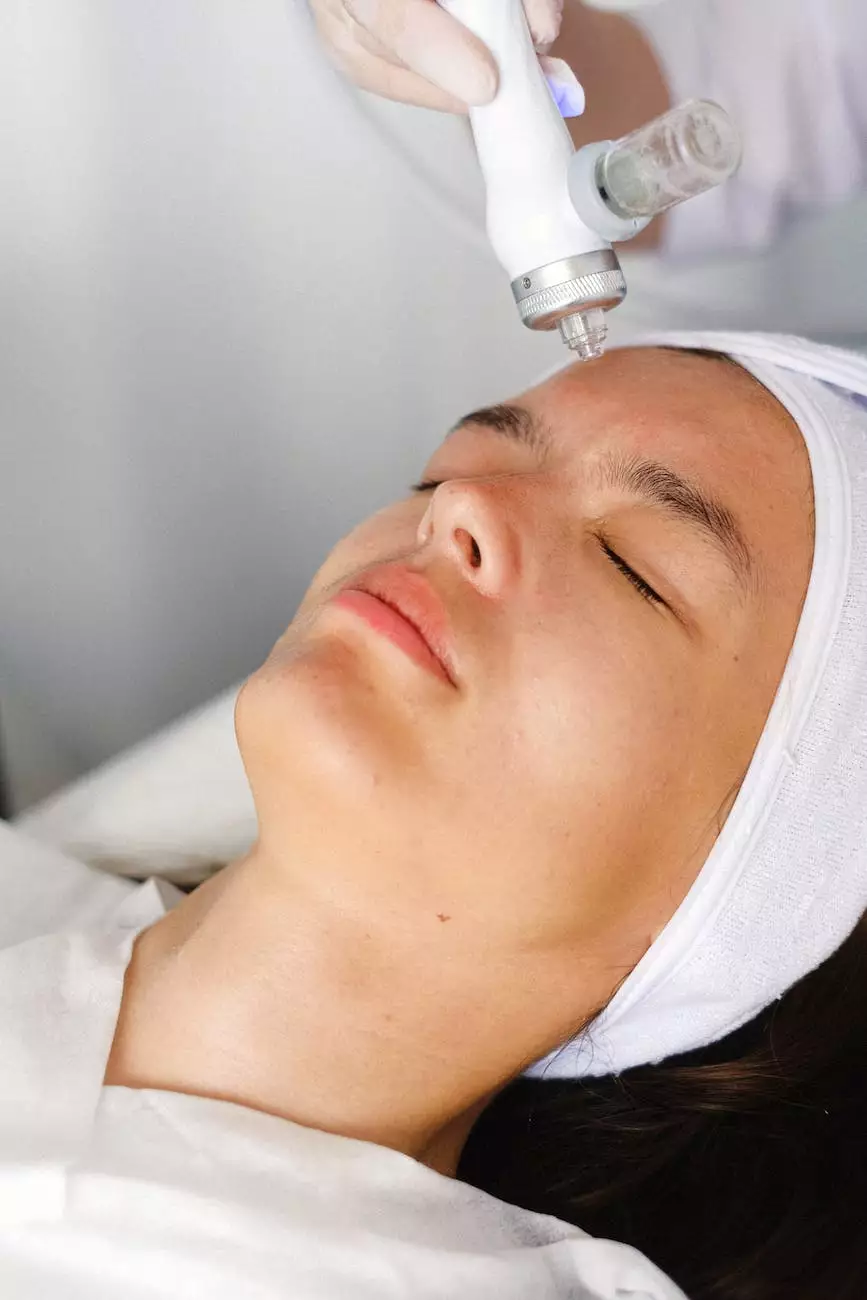Tingling & Itching Legs 101 | Learn About the Symptoms of Vein Diseases

Welcome to Bay Regional Medical Center's informational page on tingling and itching legs, symptoms commonly associated with vein diseases. In this comprehensive guide, we will explore the causes of these sensations, preventive measures, and various treatment options available to alleviate the discomfort. Our team of experienced medical professionals is here to provide you with valuable insights and guidance on managing these symptoms effectively.
The Causes of Tingling and Itching Legs
Tingling and itching in the legs can be indicative of underlying vein diseases, such as varicose veins, deep vein thrombosis (DVT), or peripheral artery disease (PAD). Varicose veins occur when veins become enlarged or twisted, often impacting the legs. Similarly, DVT refers to the formation of blood clots in deep veins, while PAD involves the narrowing of arteries that supply blood to the legs.
These conditions can cause discomfort, pain, and tingling sensations due to impaired blood flow and increased pressure in the affected veins or arteries. Additionally, lifestyle factors like prolonged sitting or standing, obesity, hormonal changes, and genetics can contribute to the development of these symptoms.
Preventing Tingling and Itching Legs
Although vein diseases may have genetic components, adopting certain preventative measures in your daily routine can help minimize the risk of developing uncomfortable tingling and itching sensations in your legs.
Regular Physical Activity
Engaging in regular exercise routines, such as walking, swimming, or cycling, can improve blood circulation and strengthen leg muscles. This reduces the strain on veins and arteries, lowering the chances of experiencing tingling or itching sensations.
Healthy Diet
A nutritious diet rich in fruits, vegetables, whole grains, and lean proteins promotes overall health and supports optimal blood flow. Incorporating foods with anti-inflammatory properties, like berries and leafy greens, can further enhance vein and artery health.
Maintain a Healthy Weight
Excess weight puts additional pressure on your veins and arteries, increasing the likelihood of developing vein diseases and associated symptoms. Maintaining a healthy weight through a balanced diet and regular exercise can significantly reduce the risk of experiencing tingling and itching sensations in your legs.
Elevate Your Legs
Periodically elevating your legs above the heart level can alleviate pressure and improve blood circulation. This simple practice can be especially beneficial for individuals who spend prolonged periods sitting or standing, reducing the likelihood of experiencing discomfort in the legs.
Treatment Options for Tingling and Itching Legs
When experiencing consistent tingling and itching sensations in your legs, it is essential to consult a medical professional for a proper diagnosis and personalized treatment plan. At Bay Regional Medical Center, we offer a range of treatment options designed to address the specific underlying causes of vein diseases.
Sclerotherapy
Sclerotherapy involves injecting a solution directly into the affected veins, causing them to shrink and gradually disappear. This minimally invasive procedure is commonly used for treating varicose veins and can effectively alleviate associated symptoms like itching and tingling.
Endovenous Laser Treatment (EVLT)
EVLT utilizes laser energy to heat and seal off damaged veins, redirecting blood flow to healthier veins and reducing symptoms like tingling and itching. This modern technique offers a minimally invasive alternative to traditional vein stripping surgery.
Compression Therapy
Compression stockings or sleeves are often recommended for managing symptoms and preventing the progression of vein diseases. These specialized garments improve blood circulation in the legs, helping minimize discomfort caused by tingling and itching sensations.
Lifestyle Modifications
In addition to medical interventions, making lifestyle modifications can enhance the effectiveness of treatment. Our healthcare professionals will guide you on adopting habits such as regular exercise, weight management, and elevating your legs to support the healing process and prevent recurrence of symptoms.
Conclusion
Tingling and itching in the legs can be distressing symptoms associated with vein diseases. Understanding the causes and implementing preventive measures can significantly minimize the risk of experiencing these discomforting sensations. At Bay Regional Medical Center, we provide comprehensive information and a range of treatment options to ensure you receive the best care. Contact us today to schedule a consultation and learn more about managing tingling and itching legs effectively.




